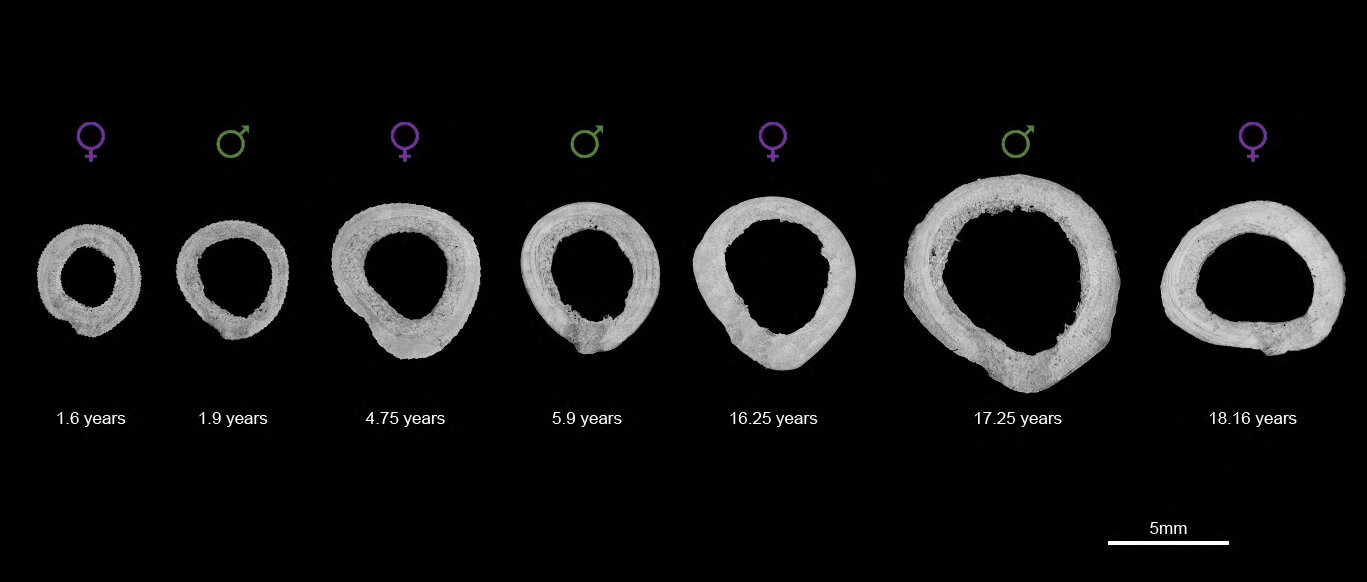A recent discovery made in New York University, found out that reproduction alters bone composition, and these changes are linked to childbirth and lactation. This study examined the femora, or thigh bone, of both male and female primates. While this study did not focus primarily on humans, it finds how events like childbirth can change the skeletal composition in primates. Their results show different levels of bone composition between females who gave birth to male along with non-pregnant females primates.
“Our research shows that even before the cessation of fertility that skeleton responds dynamically to changes in reproductive status” says Cerrito, a research fellow at Zurich. “Moreover, these findings reaffirm the significant impact giving birth has on female organisms -quite simply, evidence of reproduction is ‘written in bones’ for life”.

Pre-observations
- The effects of menopause have been long studied but there was always a gap whether reproduction also affects the skeletal composition and this gap was bridged in a press release attended by many other authors in the journal.
- A parallel study in humans also suggests that after childbirth, there is a continuous supply of calcium during lactation, resulting in decreased bone mass in women and this was performed between breastfeeding and non-breastfeeding women.
- Earlier studies on humans also suggest that the demand of supply of calcium accretion in the third trimester is 300-350 mg/day during the final 6 weeks. During pregnancy, the absorption efficacy of intestinal calcium doubles and during the lactation period, the maternal skeletal is resorbed to provide calcium for milk production and all this further decides the long-term skeletal health of females.
What if the demands of calcium are not met during childbirth?
A study done last year by the New York Academy of Sciences shows pregnancy and childbirth compromises the maternal bone composition but insufficient intake of calcium during pregnancy might lead to osteoporosis in the mother and less bone density in offspring. Vitamin D receptor(VDR) of the endocrine system helps to compensate for the calcium intake in the foetus, but this happens independent of VDR as adult mammals can overcome the demand of calcium and minerals during pregnancy and lactation.
Moreover, women tend to lose 3-10% of bone mass which challenges that bone density is believed to be improve during pregnancy because of estrogen level which regulates the making and breaking of bone cells which ultimately gets affected after menopause. But some evidence shows that Pregnancy and Lactation-associated Osteoporosis(PLO) might affect people below 50yrs and may lead to back pain and breakage of bones. Their study however concludes that there are long-term effects of reproduction that have not been studied yet.
The wide assemblage of women’s experience regarding pregnancy, childbirth, parenting, body image issues, hormonal issues and womanhood should be reimagined and questioned from different lenses.













